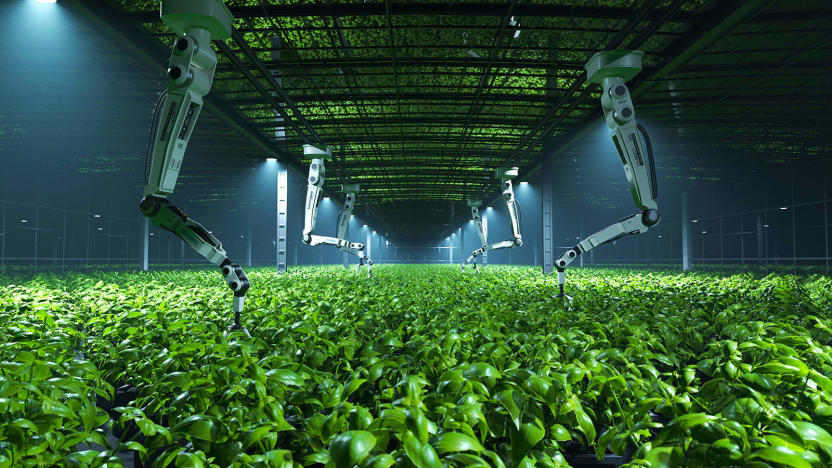3DSMax
Latest

NVIDIA's RTX Studio driver speeds up ray-traced V-Ray rendering
When you see a particularly shiny, photorealistic 3D scene, there's a good chance it was created on Autodesk's 3DS Max or Maya using Chaos Group's V-Ray renderer. It can take a long time for workstations to crunch through V-Ray scenes, however, so NVIDIA has just unveiled an instant speedup. If you have an NVIDIA GeForce RTX or Quadro RTX card, the latest Studio driver will speed up V-Ray GPU renders by 40 percent on average, NVIDIA announced.

First Unity-built cartoon proves the engine isn't just for games
As the NBA's eSports league proves, video games are quickly becoming mainstream. Games are having a moment, and so are the tools used to make them. Case in point, the Unity game engine recently reached a big milestone. French animated show Mr. Carton just became the first cartoon TV series made with Unity.

The world's fastest consumer CPU probably isn't worth the upgrade
If you're able to splurge on Intel's high-end Xeon CPUs, then congratulations, Mr. McDuck! For the rest of us, the next best option is Intel's fastest consumer processor, the Core i7-5960X. And that's nothing to sniff at either: The 3Ghz, eight-core chip runs $1,050 or so, and you'll need to spend more than usual on the motherboard and DDR4 memory. But what if you ask Intel nicely and then they go ahead and ship you one, like I did? Then you'll have this informal test, as I compare the i7-5960X to my six-core, $390 i7-5820K in both real-world and benchmark tests. Is it worth the extra $660? Hmm.

The Big Picture: Not-quite San Francisco's 'Davis Street'
Take a second look at the above image -- it isn't actually a photo. Nope, the entire scene (dubbed Davis Street) was painstakingly created with the graphics rendering suite 3DS Max. To achieve the impressive end result, artist Gilvan Isbiro says that he had to separate the street into two rendering "plans" considering how big the street's surface is. As he tells it, the splitting didn't stop there. Isbiro notes that due to the sheer amount of textures and materials present in the scene, not to mention lighting and post-processing effects like depth of field, that he had to divide the rendering tasks in two: foreground and background. It is, however, a bit embellished compared to the actual intersection of Davis and California in San Francisco. For starters, The City By the Bay does not have trains like the one up above and there's no such Sweet Street. Spot any other liberties that Isbiro took? Let us know in the comments.

Found Footage: Apple designs in 3D
Transparent House, a San Fransisco-based 3D design and visualization studio, has created this stunning video that showcases some of Apple's best designs over its 34-year history. Ground-breaking products from the Apple I in 1976 to the iPad in 2010 are shown. What makes this video so impressive is that everything in it is entirely 3D generated. The animation was done using 3Ds Max and V-Ray render and only took about 10 days to complete. Check out the video below to see if your favorite Apple product made the list. Anatomy of Apple Design from Transparent House on Vimeo. [via Mashable]



